Podcast: Play in new window | Download
Subscribe: Apple Podcasts | Email | TuneIn | RSS
This episode Megan & Milena cover artist and sociopolitical activist Elizabeth Catlett & Marie Daly, the first black woman in the USA to earn a PhD in chemistry.
Elizabeth Catlett
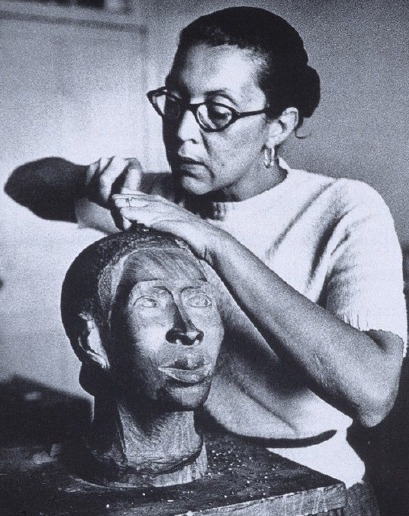
Born 1915, Elizabeth Catlett was a prolific African American sculptor, printmaker and activist in the over seventy years she worked. Spending the majority of her life in Mexico, she was declared an ‘undesirable alien’ during the Cold War for her socially progressive views. This episode we explore the how’s and why’s of her artistic development, the importance of escaping mid century American segregation and dropping a hot potato for a hot tamale.
Selected Post-Revolution Mexican Mural Art
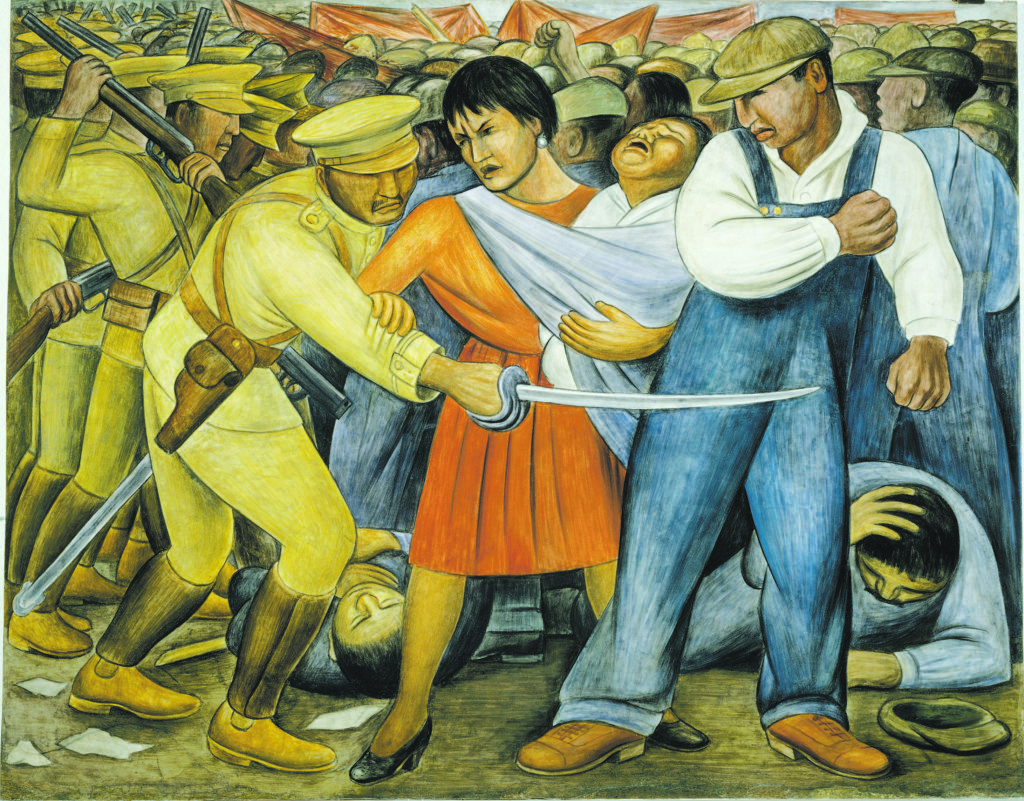
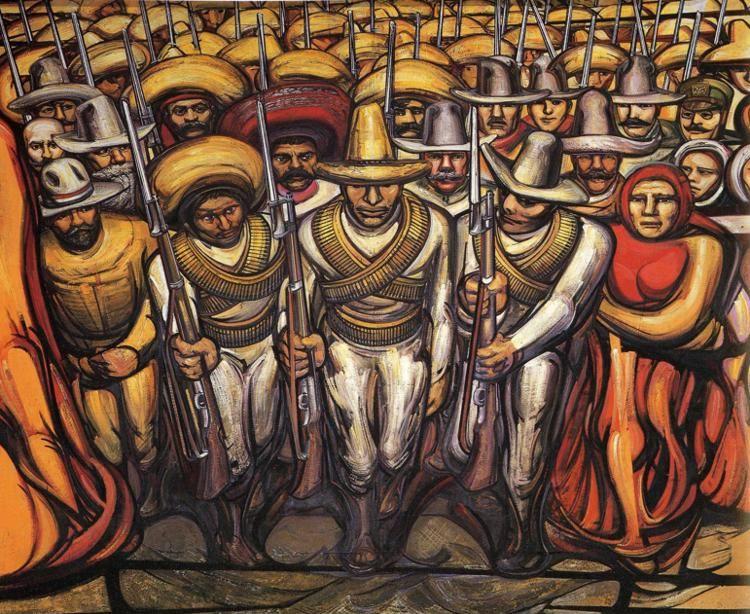
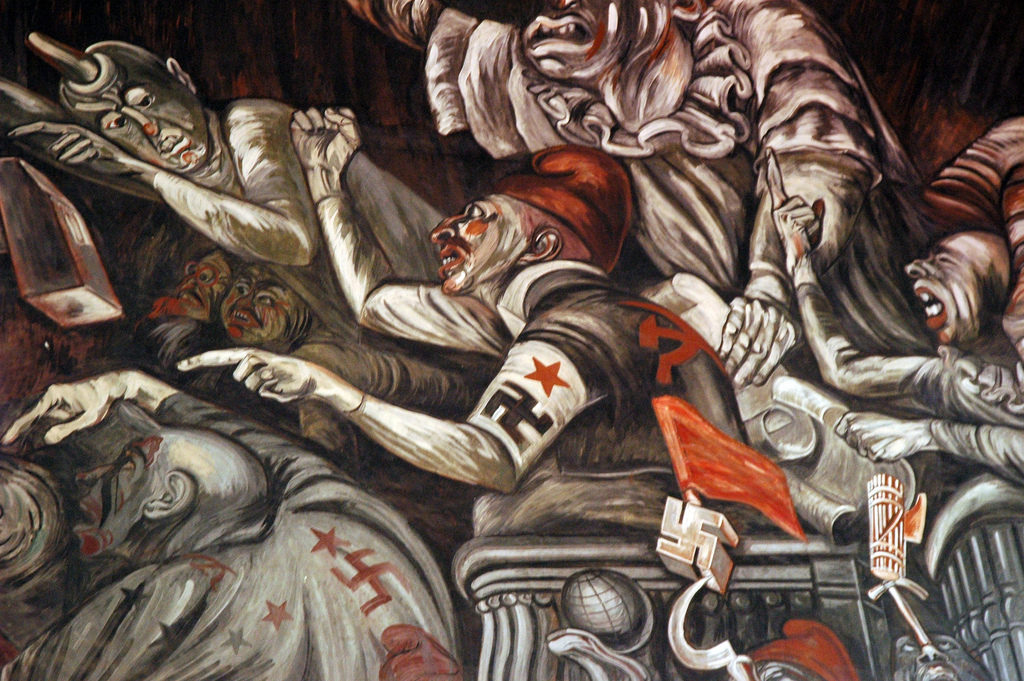
Selection of Elizabeth’s Prints
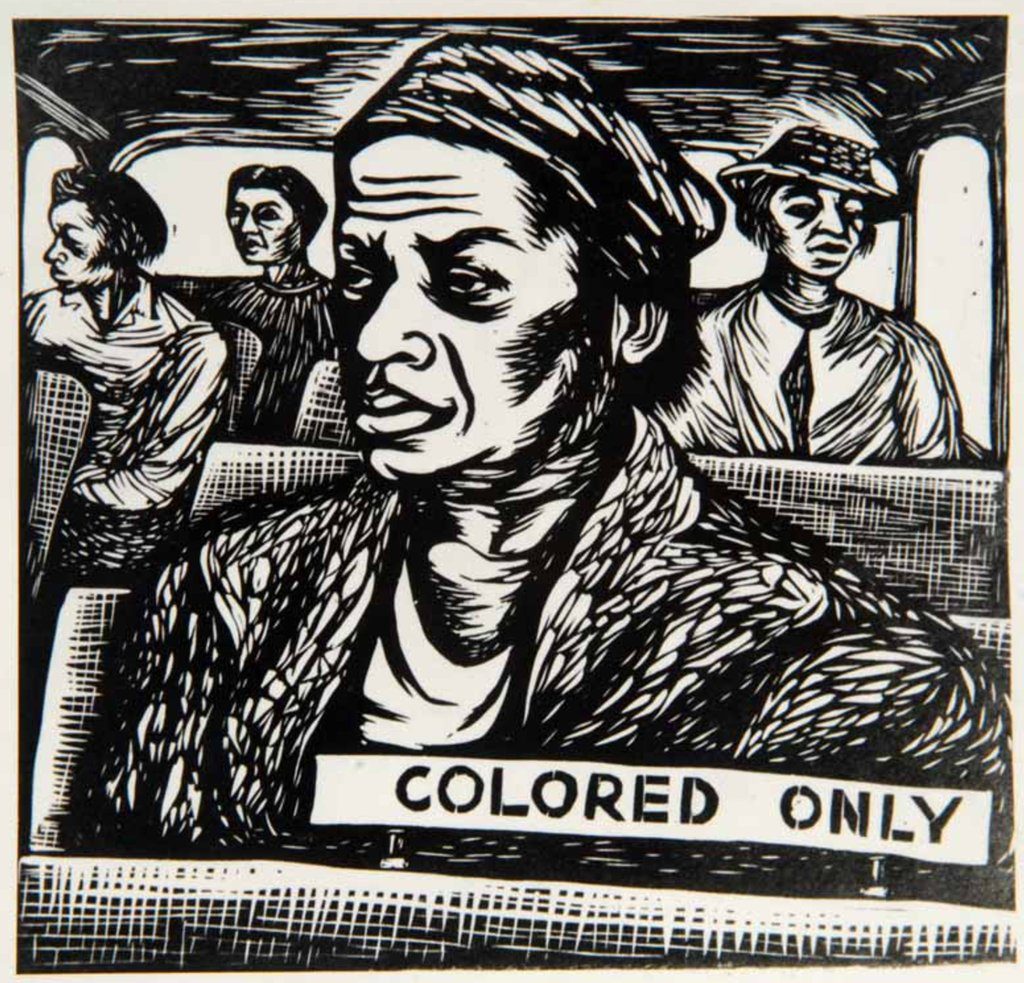

Selection of Elizabeth’s Sculptures
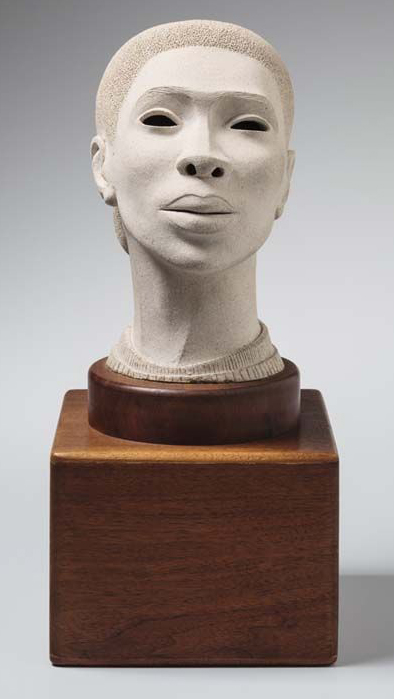

People mentioned this episode:
- Mamie Phipps Clark, check out last episode
- James V. Herring, art historian
- James Lesesne Wells, Harlem Renaissance graphic designer
- James. A Porter, author of Modern Negro Art and influential professor for Elizabeth
- Margaret Taylor, who was a co-founder of the South Side Community Center
- Charles White, artist and first husband to Elizabeth
- Taller de Grafica Popular, yeah, yeah, not a person but still important
- Diego Rivera (aka Diego María de la Concepción Juan Nepomuceno Estanislao de la Rivera y Barrientos Acosta y Rodríguez)
- Ai Weiwei & Georgia O’Keeff, both students of the NYC Student Art League
- Melanie Herzog, art historian (PHD and MFA in ceramics)
- Henry Moore, a Big Deal early 20th century artist
- Samella Lewis, artist, former student and biographer of Elizabeth’s
Marie Maynard Daly
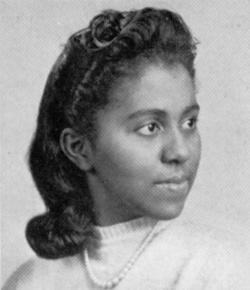
Holding the title of the United State’s first African American woman to obtain a PhD in Chemistry, Marie Maynard Daly could give you the ins and outs of your body at the molecular level. It was her life’s work to look at the way our bodies build themselves, as well as the way they break down energy and fat sources. She had her hand in research that explored DNA replication, protein synthesis, and pancreatic amylase. As well, she was essentially the grandmother of the movement to understand the importance of heart health and the diet’s effect on it.

With the men gone to war and no one to work domestically, the government launched a campaign that would influence women to step out of their kitchens and into factories in order to support the war effort, which led to Rosie the Riveter, shown above. But it wasn’t just factories that hired women. Agencies as big as NASA would start to hire women in labs and research centers to create a bigger workforce and to further the United State’s dominance in science and technology. It was around this time that Daly would secure a fellowship and a job as a lab assistant at her Alma Mater, Queens college. This would simultaneously help her pay for her first graduate degree, as well as earn her important lab experience.

This little guy, Alpha Amylase, would be the key to Daly becoming the first African American woman to earn her PhD in Chemistry. Found in the pancreas, this tiny protein breaks down starches in order to use them for the body’s energy, and was what she would write in her PhD Dissertation, “A Study of the Products Formed by the Action of Pancreatic Amylase on Corn Starch.”.
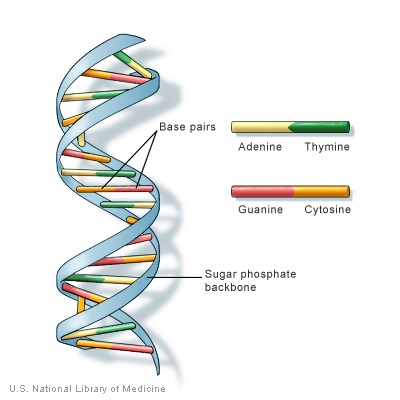
A simple picture of a DNA strand and its Purines and Pyrimidines, the building blocks of life. Daly spent 7 years at the American Cancer Society, pulling apart the cell and its parts, paying special attention to ribonucleoproteins (proteins that help DNA replicate itself) and the DNA structure residing in the nucleus of the cell. Essentially, she looked at how DNA and proteins work together in the body.
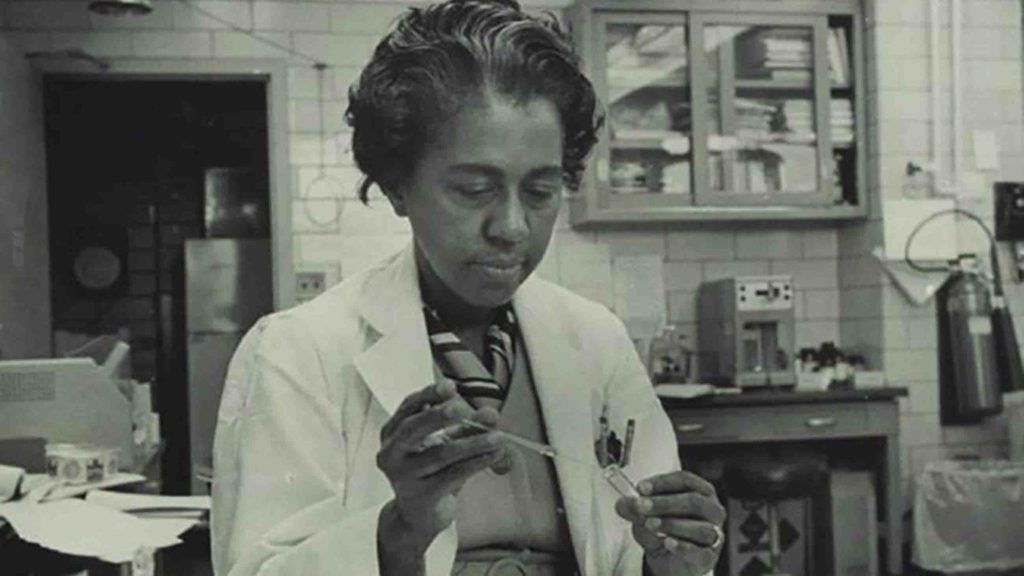
As always, music by EeL

